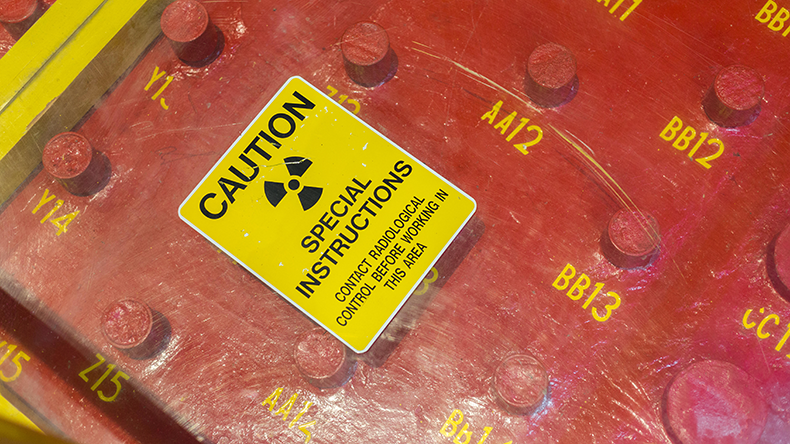Nuclear shipping will face significant challenges
A report by the European Maritime Safety Agency finds potential, but many obstacles
New, smaller reactor designs are much hyped. But ships would still have to figure out how to fit them, what to do with the radioactive waste, and how to sell the technology as safe to the public

Source: Astrid Hinderks / Alamy Stock Photo
NUCLEAR power faces significant hurdles for decarbonising shipping, according to the European Maritime Safety agency.
A 584-page report by class society ABS, Texas A&M University, and consultancy Arcsilea said the technology was a pathway that could be explored.
“But it presents a series of challenges that will need first to be addressed in relation to production, safety, security, training and also liability and insurance regime,” the report said.
Class societies have paid more attention in recent years to the potential for next-generation nuclear technologies to decarbonise shipping, as the industry faces a desperate shortage of green alternatives to diesel.
If such nuclear technologies work, they could provide bountiful zero-emissions power, potentially letting ships go years without refuelling.
But Emsa’s report found myriad hurdles.
It said lack of uniform global regulations would be a key challenge, especially for tramp ships. Non-uniform safety standards and potential port restrictions could hinder access and create delays.
Merchant ships do not need to manoeuvre or speed up as quickly as naval ships, but they would still need variable power — something reactors on land don’t need as much.
Current plans to implement advanced nuclear reactors for merchant vessel propulsion are “very conceptual in nature” and do not give details on how this would be tackled, such as through turbo-electric drives.
Managing radioactive waste generated during ship operations was another essential consideration, from spent fuel to contaminated tools, clothing and reactor parts. Flag and port state rules would restrict where ships could refuel and transfer waste.
“Onboard waste storage solutions must meet stringent safety and security standards to prevent accidental release during maritime operations,” the report said.
Advanced designs such as molten salt reactors or very-high temperature reactors would generate less long-lived waste and need refuelling less frequently. But all nuclear-powered ships would produce fission products and materials that required careful management throughout the life of the ship and its decommissioning, the report said.
“Integrating an MSR on a vessel would require additional systems and protocols for managing, storing and safely disposing of radioactive byproducts,” the report said.
“This would add complexity to the design and operation of nuclear-powered vessels.
“Overall, much remains to be done in terms of technology maturity, as MSRs have a very limited history of operation.”
The report found a “rather high” technological readiness level for nuclear reactor technology, but lower readiness levels in investment and community acceptance: “For these solutions to be adopted, a change in the public perception would be a key”.
Other reactor designs, such as the lead-cooled fast reactor used on Russian icebreakers, enable longer refuelling, but also brought greater size, weight, and need for protective shielding.
“The need for robust containment structures, safety systems and fuel storage would reduce the available space for passengers and cargo, and it may also impact the vessel’s overall efficiency and commercial viability,” Emsa said.
It said reactors could be used on bigger ships to improve their business case. Their ability to provide power for use on land during port stays could help demonstrate their value, since one reactor could theoretically provide enough power for several villages.
Source: Lloyd's List





 Social Media
Social Media





 External link
External link




